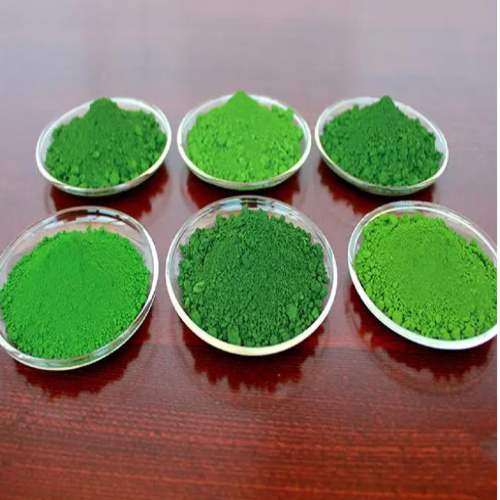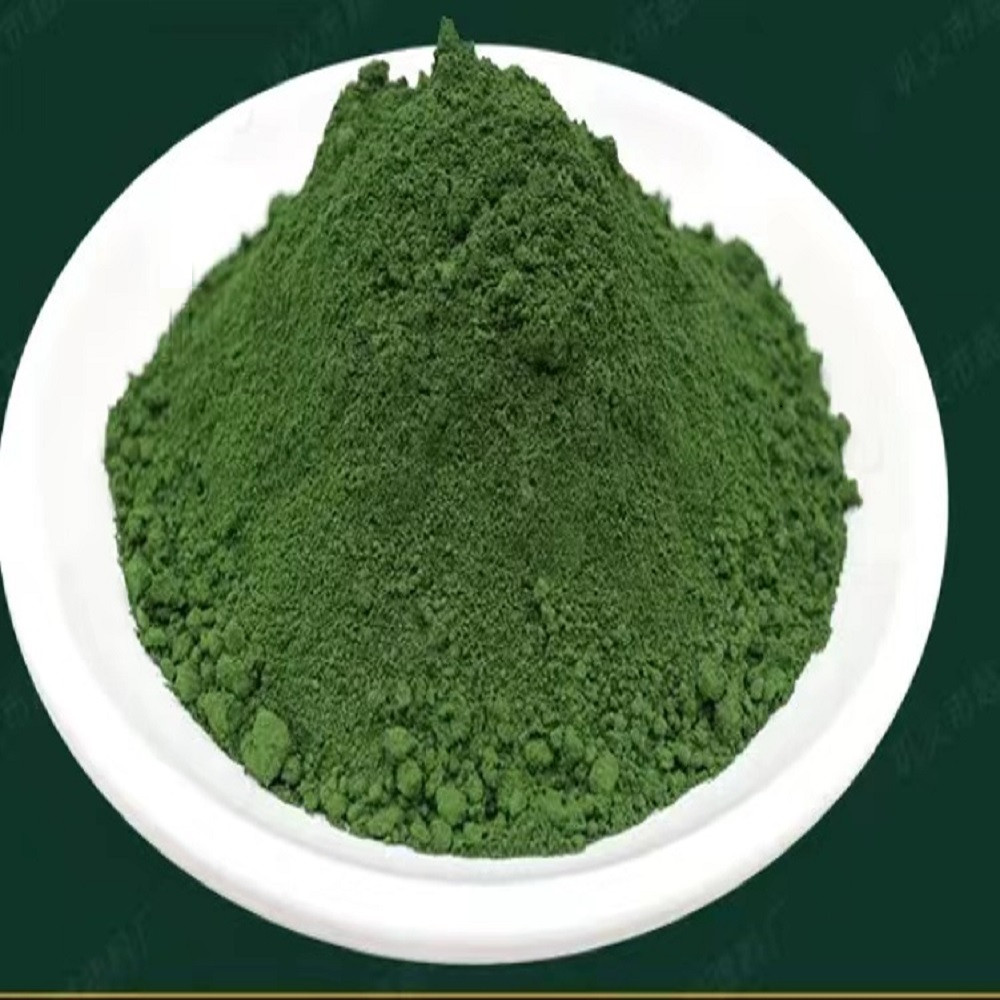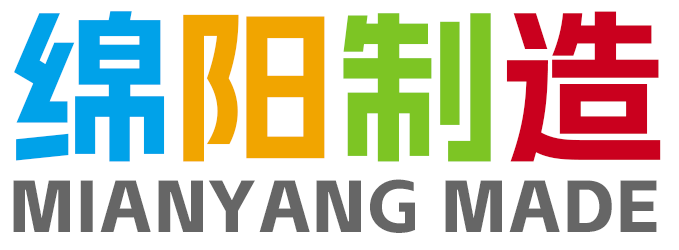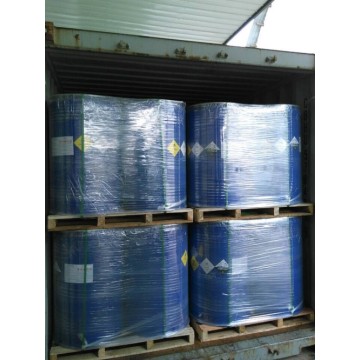
Chromium oxide green for glass industry
- Min. Order:
- 1 Ton
- Min. Order:
- 1 Ton
- Transportation:
- Ocean, Land
Quantity:
Your message must be between 20 to 2000 characters
Contact NowBasic Info
Basic Info
| Transportation: | Ocean,Land |
|---|
Product Description
Product Description
Chromium oxide green for glass industry:Colorant: Chromium oxide green can be used for coloring in glass manufacturing to produce a variety of beautiful green glass products, such as green glass bottles, green glass windows, etc. Special performance improvement: In addition to coloring, chromium oxide green can also improve certain special properties of glass, such as heat resistance, corrosion resistance, etc.
Chromium oxide green is also called "chromium oxide", commonly known as "chrome green". Dark green hexagonal crystal or amorphous powder. The melting point is 2435°C, the boiling point is 4000°C, the relative density is 5.21, and the refractive index is 2.551. Its hydrate is commonly known as "hydrochrome green" and is a purple amorphous crystal or a blue-gray-green gel. Insoluble in water, acid and alkali, soluble in hot potassium bromate solution. The properties are extremely stable and will not change even when hydrogen is introduced at high temperatures. Preparation method: obtained from the reaction of sodium dichromate and sulfur, or from the thermal decomposition of chromium hydroxide and ammonium dichromate. Usage: Used as pigments, organic synthesis catalysts, ceramic glazes, paint raw materials and raw materials for making chromium alloys and chromium salts.
Chromium oxide green is also called "chromium oxide", commonly known as "chrome green". Dark green hexagonal crystal or amorphous powder. The melting point is 2435°C, the boiling point is 4000°C, the relative density is 5.21, and the refractive index is 2.551. Its hydrate is commonly known as "hydrochrome green" and is a purple amorphous crystal or a blue-gray-green gel. Insoluble in water, acid and alkali, soluble in hot potassium bromate solution. The properties are extremely stable and will not change even when hydrogen is introduced at high temperatures. Preparation method: obtained from the reaction of sodium dichromate and sulfur, or from the thermal decomposition of chromium hydroxide and ammonium dichromate. Usage: Used as pigments, organic synthesis catalysts, ceramic glazes, paint raw materials and raw materials for making chromium alloys and chromium salts.

Related Keywords
Related Keywords





